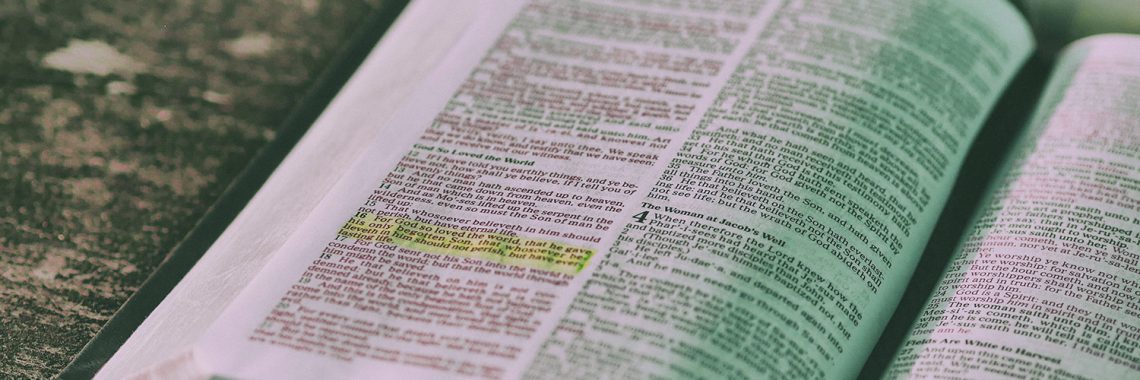Several weeks ago, the Western media widely reported on a celebrity-studded hen party. Usually, it’s the domain of the tabloid press, keen to report on the wealthy splashing cash on pre-wedding parties, which sometimes last many days in various locations around the world. However, this time, the unusual nature of the event captured the attention of more serious media outlets. The hen party took the form of a near-space flight, arranged by Jeff Bezos, the founder of the online giant Amazon and space company Blue Origin, for his fiancée and a few of her female friends. It was the shortest uninterrupted hen party known to humankind – lasting only about eleven minutes – and probably the most expensive per minute. The main cost was a massive rocket to carry the ladies off the ground, ensure a safe environment in the deadly expanse of space, and bring them safely back to Earth. It could have been much cheaper to do it the Jesus way: “he was lifted up, and a cloud took him out of their sight,” as we heard in the first reading. But levitating seems much harder than rocket science, and besides Jesus, nobody else has mastered it yet.
I hope you’ve picked up on the sarcastic tone in my voice. Taking literally the descriptions of Jesus floating away from the Earth would be rather ridiculous. However, that’s not the essence of today’s feast. In the context of the first and gospel readings, their respective one-liners on Jesus’ departure seem to have been dropped nonchalantly for dramatic effect. No other gospel presents a similar turn of events; St Mark’s mentions that Jesus “was taken up to heaven: there at the right hand of God he took his place.” This phrase is sandwiched between Jesus commanding his disciples to preach the gospel to the world and the report of them successfully doing so. This short sentence from the ending of St Mark’s gospel directs us towards the essence of today’s feast. At the same time, the second reading offers a deep biblical and theological examination and understanding of the mystery of Jesus’ ascension. Since it is deeply rooted in the Jewish rituals performed in the Temple in Jerusalem, dating back centuries, we must first familiarise ourselves with them in order to grasp the reasoning of the author of the Letter to the Hebrews.
At the heart of the Jerusalem temple was a relatively small room called the Holy of Holies, where the Ark of the Covenant was housed until the Babylonian conquest and exile, when it was irretrievably lost. After the temple cult was restored, that room stood empty, but it retained its sacred role. The Holy of Holies represented God’s presence among Israel, his chosen people. A decorative curtain separated the entrance to the Holy of Holies from the rest of the temple. This sacred space could only be entered by the High Priest to perform rituals of atonement for the sins of the people, only once a year on Yom Kippur (the Day of Atonement), when the High Priest would go behind the curtain with the blood of the sacrificial lamb and sprinkle it in the room.
The author of the Letter to the Hebrews recast Jesus as the High Priest of the New Covenant, who “has entered, not into holy places made with hands, which are copies of the true things, but into heaven itself, now to appear in the presence of God on our behalf.” Jesus “has appeared once for all at the end of the ages to put away sin by the sacrifice of himself.” He was the true Lamb of God, whose blood, “having been offered once to bear the sins of many,” was the ultimate sacrifice of atonement for our sins. The consequence of Christ’s self-offering is that “we have the confidence to enter the holy places by the blood of Jesus, by the new and living way that he opened for us through the curtain.” In the story of the Passion by St Matthew, when Jesus died on the cross, “the curtain of the temple was torn in two, from top to bottom,” symbolically opening access to God to everyone. In conclusion, Jesus’ ascension into heaven fulfilled the Old Testamental rituals that foreshadowed his ultimate sacrifice, the source of our hope for a life that never ends.
“Since we have a great priest over the house of God, let us draw near with a true heart in full assurance of faith, with our hearts sprinkled clean from an evil conscience and our bodies washed with pure water. Let us hold fast the confession of our hope without wavering, for he who promised is faithful.”


